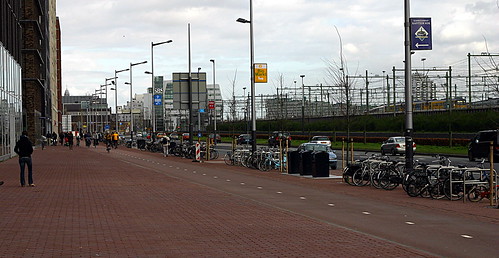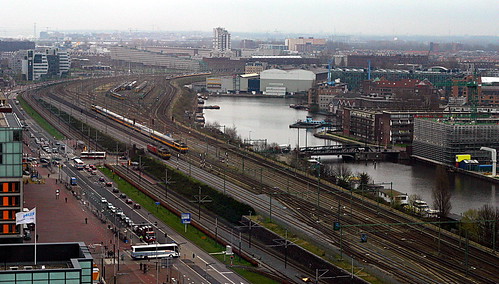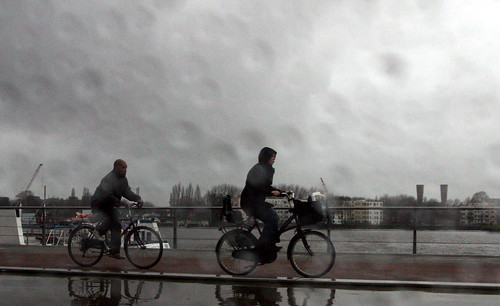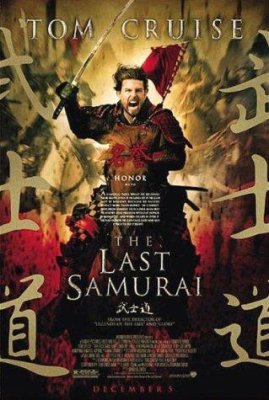Most of the people who I told that I was going to Amsterdam for a conference responded with some combination of one or more of “Oh, the drug capital of the world“, “Oh, the city of red lights and legalized prostitution“, and “Oh, this is the best place to get high and get laid“. Quite a few people that I know have already visited Amsterdam before, and less than a handful of them could name a point of interest not related to either sex or drugs.
That felt a bit to narrow minded for me, but there was not much I could express in return. Reading Wikipedia articles and tourist guides is all fine, but it doesn’t beat the experience of a visit.
I am glad to report that there is a lot more to the city of Amsterdam than just coffeshops with legalized pot and red lights district. So much in fact, that I didn’t manage to visit those high profile places in my almost four days there. So, what’s up there?
Streets. Lots of streets with some nice architecture. A complex system of canals is laid through out the city, and that makes for some amazing scenery. Canal waters, industrial skyline, lots of parks, lawns, and trees, and developed infrastructure for pedestrians and cyclist make it all a pleasure to explore the city. I wish the weather was any better, but even as such (+3..+7 C with a bit of wind and rain) it wasn’t a big problem.
One of the things that I kept pointing out for myself was how well-organized and clean the city was despite all the industrial works in the area. Canals are pretty busy with ships of all shapes and sizes bringing stuff in and taking stuff out. Railways are going throughout the city. Trucks can be easily spotted around. Also there are quite a few sites which look like factories and plants. But, somehow, it is very easy to imagine that all of that industrial infrastructure is just not there. Because it doesn’t affect the city life very much. The air is clean and easy to breath, the water is fine, and the streets are nice and clean too. Coming from a very industrial city myself, it kept surprising me over and over again.
One aspect of this infrastructure was particularly catching my attention – the railways. Railways are going through the city inside out. Plenty of passenger and non-passenger trains are passing by. But, the railways are clean and trains are very silent. Many buildings by the railways have tables and chairs on the balconies, arranged in such a way that there is no doubt some people are using them to enjoy the view and to rest a bit during their free time. In fact, the hotel in which I was staying was only about five minutes away from Amsterdam Central, and I never even heard or felt any train passing, although I could see many of them out of the window.
Of course, when talking about Amsterdam, it is impossible not to mention bicycles. They are everywhere. They come in all shapes, sizes, and colors, much like those people riding them. Bikes are used both as a form of transportation and as means of exercise. And while many people have cars, it looks like absolutely everyone has a bicycle, and what’s more, everyone seem to prefer a bicycle to a car no matter what is the goal of the trip, the distance to the destination, or the weather outside. Amazing really.
Amsterdam, they say, is well known for its cultural life. Museum and exhibitions in particular. I saw a few proofs of that, in the form of museum signs and all sorts of passes and batch tickets, but I didn’t manage to enjoy any of that. A few people from the conference did sneak out to museums and said that they were indeed pretty good, but I can’t trust that until I’ll see it with my own eyes. Yes, that means that I want to go back and spend some more time in Amsterdam…




